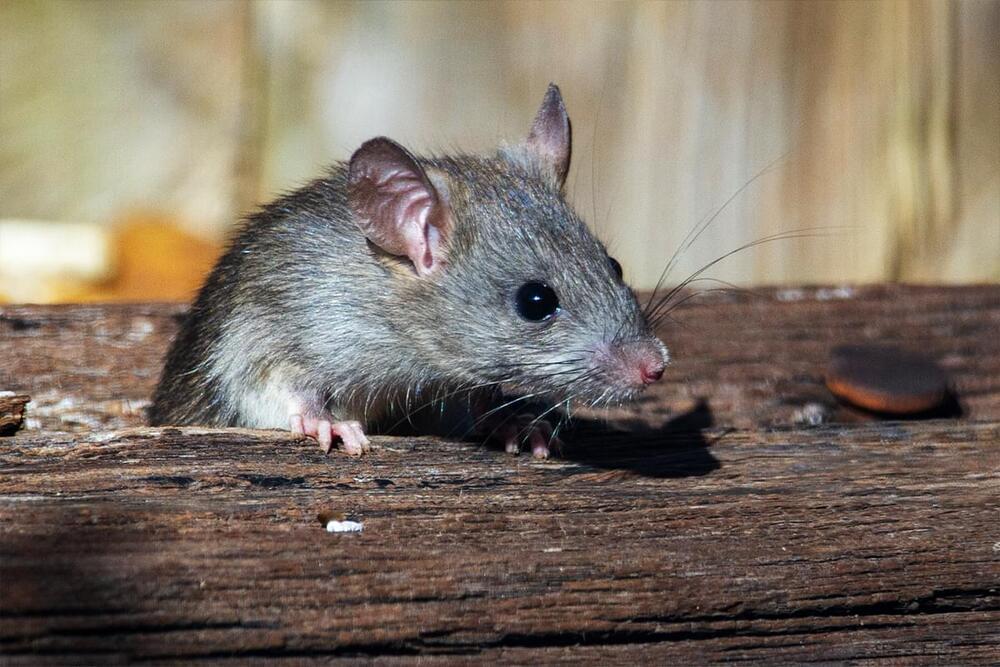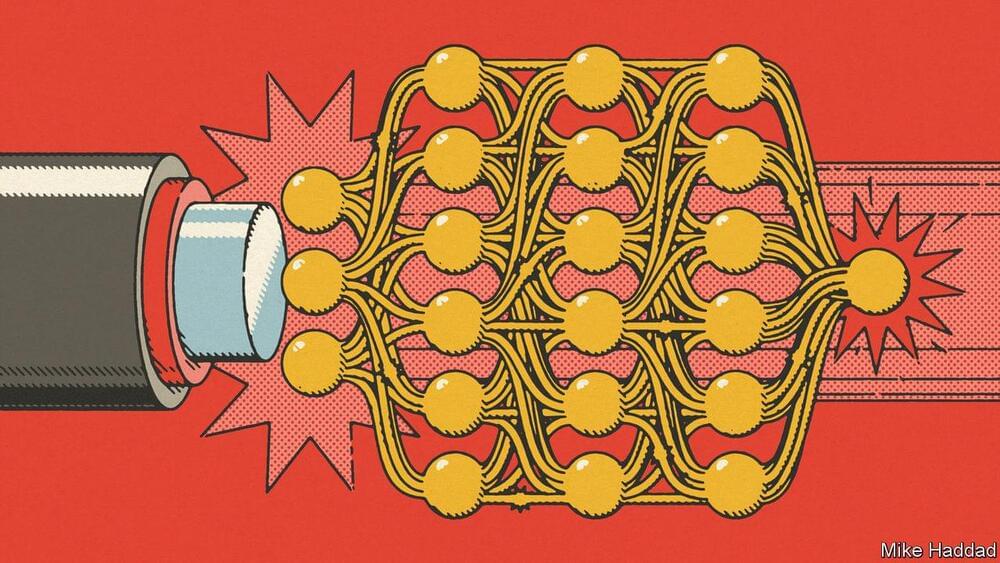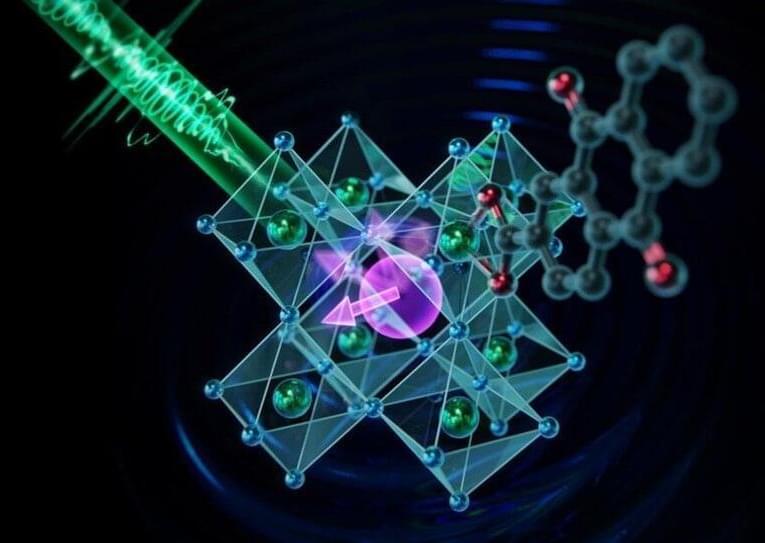Amid all the chaos, Twitter rolled out a useful feature that lets you search for listed company stocks and cryptocurrency prices.
To do this, users have to just type the dollar symbol followed by the relevant ticker symbol, e.g. “$GOOG” or “$ETH” (minus the quote marks), in the search bar and Twitter will display the current price. This also works without using the $ symbol in some instances, but it’s less consistent and doesn’t always return the stock or crypto prices as requested.
However, when it works, users will see a static image displaying Today’s stock price and a chart without any information about the X or Y axis. So good luck figuring that out. Presumably, it’s a price chart for the most recent closing price for that stock, but it’s not all that clear.








